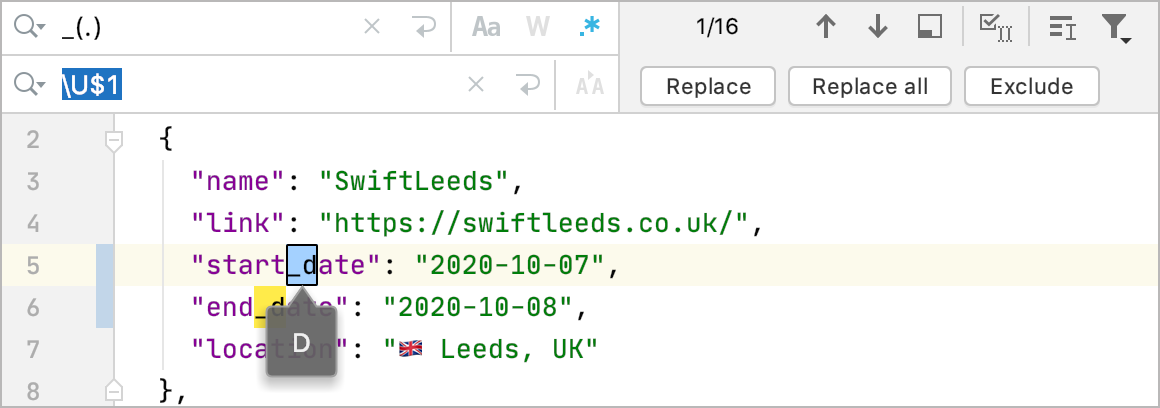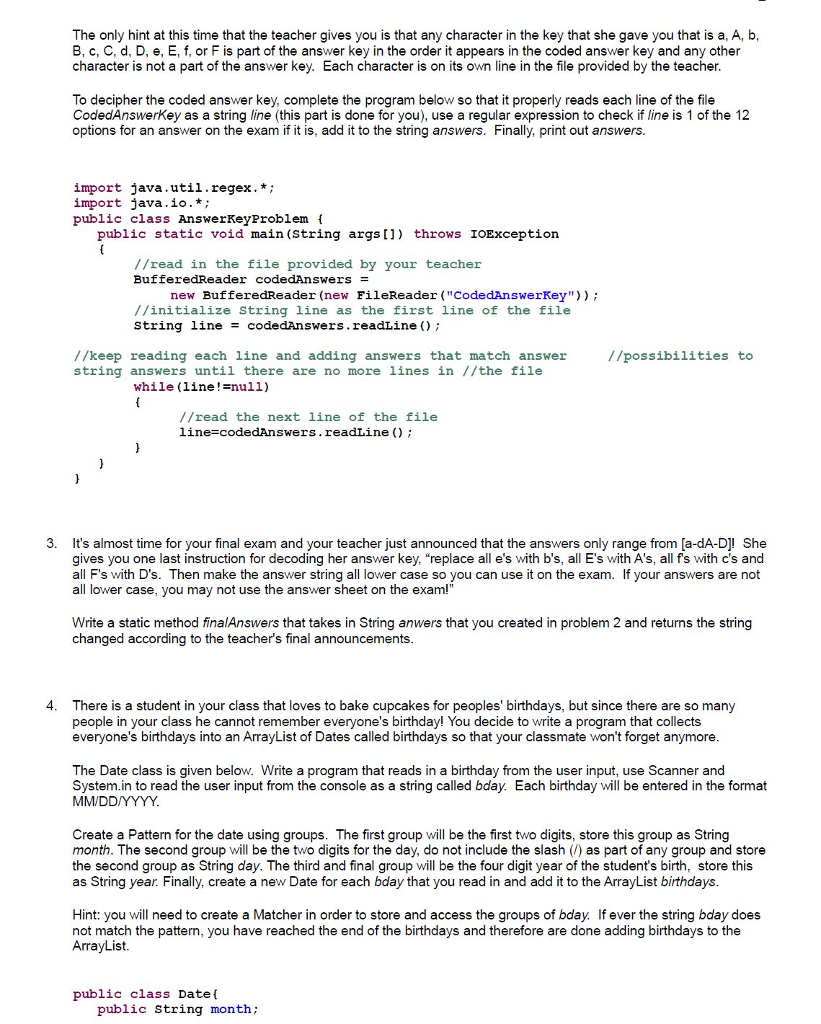

A proper expression for your purpose might look like this: When trying to find out whether a value will make a good decimal number, why not just try to convert it into one and see if that works? You could use the Parse or the TryParse methods on the Single, Double or Decimal structs, depending on your needs and your framework version. Well, I'm not going to have this discussion again :-) Just wanted to If replying to the group, please do not mail me too OfĬourse it would be possible to improve it further, but as theĮxpression gets more and more complicated, it gets less and less Unfortunately, the regex above matches "." - if you didn't mindĭisallowing ".5" you could change the first * to a + to avoid this. Through the string - it's easy to write, and easy to understand. Personally I'd be tempted to go for hard-coding the test by going Well, you could make it use something like *\.+*, but MessageBox.Show("Invalid Value! Please enter a valid integer or If( ! Regex.IsMatch( tboxQt圜ounted.Text, "^(*)$" ) )
#Regex for number but not date code#
I have theįollowing code but when the user enters a decimal value the Regex.IsMatchĬatches it (ex. MessageBox to have the user correct the value in the text box. If the value does not convert to a decimal, I want to throw a 0 or 000.Johnny wrote: I need to determine whether a text box contains a value that does not convert.Here are a few more common ranges that you may want to match: To do this, replace the word boundaries with anchors to match the start and end of the string: ^ ( | | 1 | 2 | 25 ) $. If you’re using the regular expression to validate input, you’ll probably want to check that the entire input consists of a valid number. Regular expression engines consider all alphanumeric characters, as well as the underscore, as word characters. This way the regex engine will try to match the first word boundary, then try all the alternatives, and then try to match the second word boundary after the numbers it matched. Since the alternation operator has the lowest precedence of all, the parentheses are required to group the alternatives together. The regex then becomes \b ( | | 1 | 2 | 25 ) \b.

If you’re searching for these numbers in a larger document or input string, use word boundaries to require a non-word character (or no character at all) to precede and to follow any valid match. This matches the numbers we want, with one caveat: regular expression searches usually allow partial matches, so our regex would match 123 in 12345.

Putting this all together using alternation we get: | | 1 | 2 | 25. In the 3-digit range in our example, numbers starting with 1 allow all 10 digits for the following two digits, while numbers starting with 2 restrict the digits that are allowed to follow. Finally, 25 adds 250 till 255.Īs you can see, you need to split up the numeric range in ranges with the same number of digits, and each of those ranges that allow the same variation for each digit. Matching the three-digit numbers is a little more complicated, since we need to exclude numbers 256 through 999. The regex matches single-digit numbers 0 to 9. To match all characters from 0 to 255, we’ll need a regex that matches between one and three characters. Since regular expressions work with text, a regular expression engine treats 0 as a single character, and 255 as three characters. This character class matches a single digit 0, 1, 2 or 5, just like. is a character class with three elements: the character range 0-2, the character 5 and the character 5 (again). Though a valid regex, it matches something entirely different. You can’t just write to match a number between 0 and 255. Since regular expressions deal with text rather than with numbers, matching a number in a given range takes a little extra care.

Matching Numeric Ranges with a Regular Expression


 0 kommentar(er)
0 kommentar(er)
